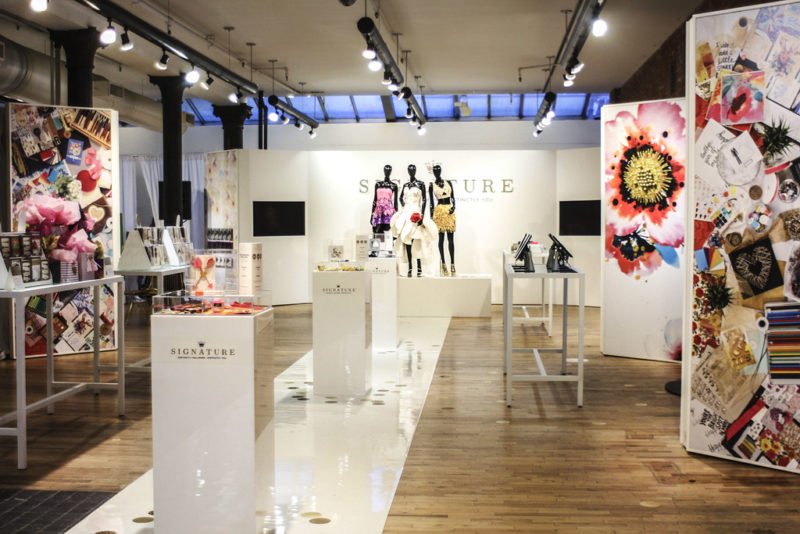Mastering the Craft of Flawless Video Mapping on Arched LED Screens for Breathtaking Visual Audience Experiences
Mastering the Craft of Flawless Video Mapping on Arched LED Screens for Breathtaking Visual Audience Experiences
Blog Article
Video projection is an innovative technology that enables images and footage to be displayed onto surfaces, creating stunning aesthetic experiences. When it comes to curved areas, mastering this craft can be a bit more challenging than casting onto level surfaces. Rounded areas can include anything from the facades of structures to sculptures and even platforms. Grasping how to effectively map videos onto these forms is essential for artists, design professionals, and occasion planners who want to create engaging settings that captivate audiences.
The initial step in footage mapping on curved areas is to comprehend the shape of the area. Curved surfaces can be intricate, with varying degrees of bend. To achieve a seamless projection, it is vital to create a 3D representation of the area. This representation helps in visualizing how the video will look when cast. Software tools are available that allow users to develop these models and simulate the display. By precisely aligning the dimensions and shapes of the surface, designers can guarantee that the footage aligns perfectly without distortion.
Once the 3D model is ready, the next step is to prepare the footage material. This includes editing the footage to suit the particular shape and size of the curved area. It is essential to take into account the angles and viewpoints from which the audience will view the projection. The material should be crafted to improve the visual experience, making it captivating and pertinent to the concept of the occasion or installation. Using high-quality visuals and motion graphics can significantly improve the total effect of the projection.
After preparing click site the material, the real projection process starts. This includes setting up the projectors at the correct angles and distances to guarantee that the footage aligns with the 3D model. Adjustment is a crucial part of this process. It may require modifying the luminosity, contrast, and focus of the devices to obtain the best results. Additionally, using several projectors may be necessary to encompass larger or more complex areas. This method, known as edge blending, helps form a continuous image across the entire surface.
Ultimately, testing the projection is crucial before the conclusive presentation. This enables designers to make any necessary modifications to the footage and device settings. It is also an chance to see how the viewers will experience the display from various viewpoints. By confirming that the footage mapping is perfect, designers can deliver a remarkable visual experience that creates a lasting impact. Perfecting footage mapping on rounded surfaces not only enhances creative expression but also creates new opportunities for storytelling and viewer engagement in various environments.